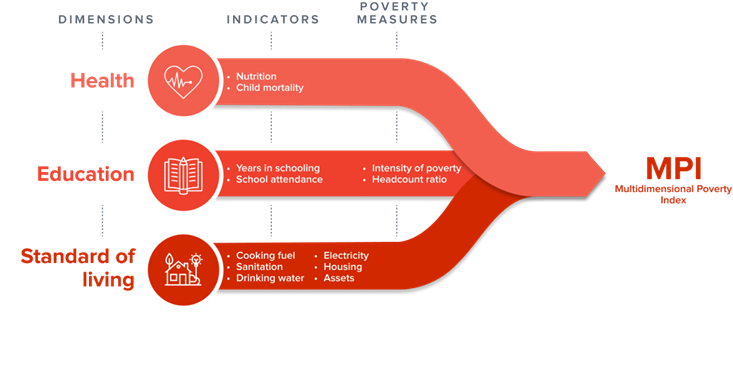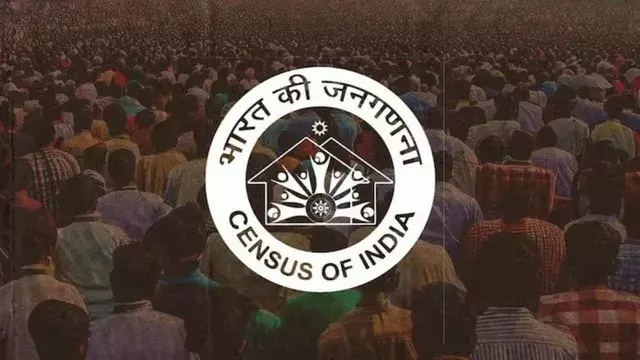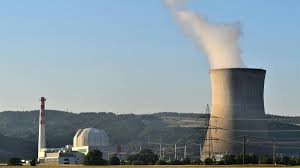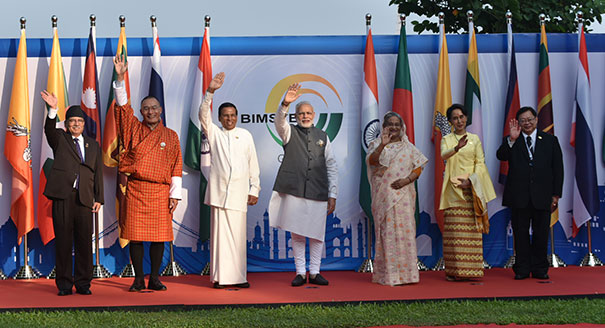- Courses
- GS Full Course 1 Year
- GS Full Course 2 Year
- GS Full Course 3 Year
- GS Full Course Till Selection
- Answer Alpha: Mains 2025 Mentorship
- MEP (Mains Enrichment Programme) Data, Facts
- Essay Target – 150+ Marks
- Online Program
- GS Recorded Course
- Polity
- Geography
- Economy
- Ancient, Medieval and Art & Culture AMAC
- Modern India, Post Independence & World History
- Environment
- Governance
- Science & Technology
- International Relations and Internal Security
- Disaster Management
- Ethics
- NCERT Current Affairs
- Indian Society and Social Issue
- NCERT- Science and Technology
- NCERT - Geography
- NCERT - Ancient History
- NCERT- World History
- NCERT Modern History
- CSAT
- 5 LAYERED ARJUNA Mentorship
- Public Administration Optional
- ABOUT US
- OUR TOPPERS
- TEST SERIES
- FREE STUDY MATERIAL
- VIDEOS
- CONTACT US
MULTIDIMENSIONAL POVERTY
MULTIDIMENSIONAL POVERTY
A report by NITI Aayog showed that the percentage of people living in multidimensional poverty in India dropped from 29.17% in 2013-14 to 11.28% in 2022-23. This means about 24.82 crore people are no longer considered poor in these dimensions.
What is Poverty?
- Poverty is often measured by how much money a person earns or spends. To find out if someone is poor, we use "poverty lines," which are the least amount of money someone needs to not be considered poor.
- The NITI Aayog calculates the Poverty Line in India based on the data collected by the National Sample Survey Office (NSSO).
- The poverty line in India in 2023 is 1,059.42 Indian Rupees (62 PPP USD) per month in rural areas and 1,286 Indian rupees (75 PPP USD) per month in urban areas.
What's New with Multidimensional Poverty?
The Government of India, led by Finance Minister Nirmala Sitharaman, announced that 25 crore (250 million) Indians have been lifted out of poverty in the last 10 years. This achievement is measured using the Multidimensional Poverty Index (MPI), which looks at poverty in a broader way than just income or spending.
What Does Multidimensional Poverty Include?
The MPI checks poverty by considering three big areas:

- Health: How healthy people are.
- Education: How much schooling people get.
- Standard of Living: How people live, including their house, what they own, and basic services like water and electricity.
How Is MPI Calculated?
The MPI is a bit complex to calculate and involves three steps:
- Incidence of Poverty (H): This is about finding out what percentage of the population is poor.
- Intensity of Poverty (A): This measures how severe the poverty is among those who are poor.
- MPI Value: This is found by multiplying the incidence (H) and the intensity (A) of poverty. It shows the share of poverty-related problems faced by people.
How Did We Get the Data?
Most of the health data came from the National Family Health Survey (NFHS), which is done every 5 years. For years where there wasn't a direct survey, the researchers used special methods to estimate the MPI.
What's Special About India's MPI?
India added two more indicators to the global MPI model:
- Maternal Health: To emphasize the importance of women's health during pregnancy.
- Bank Accounts: To show the significance of financial inclusion in improving living standards.
India's Progress in Reducing Multidimensional Poverty:
Improvements in All Areas
- All 12 indicators used to measure poverty have shown great improvement.
- Uttar Pradesh, Bihar, and Madhya Pradesh saw the biggest reduction in poverty.
Faster Improvement in Poorer States
- States that were poorer before have seen a quicker decrease in poverty, helping reduce differences in poverty levels across the country.
- India is on track to meet the Sustainable Development Goal (SDG) of cutting multidimensional poverty by half well before the 2030 deadline.
How Was This Achieved?
- The government has launched many initiatives targeting different aspects of poverty, from health and nutrition to education and living standards.
- Important programs like Poshan Abhiyan and Anemia Mukt Bharat have improved health care access.
- The Targeted Public Distribution System provides food grains to over 81.35 crore people, ensuring food security.
- Efforts like the Ujjwala Yojana for clean cooking fuel, Saubhagya for electricity access, Swachh Bharat Mission for cleanliness, and Jal Jeevan Mission for water supply have significantly improved living conditions.
- Financial inclusion and housing have been addressed through the Pradhan Mantri Jan Dhan Yojana and PM Awas Yojana.
Impact on National Development
- The progress in reducing poverty is not just about numbers. It's about real improvements in the lives of millions of Indians.
- This success shows India's strong commitment to lifting its citizens out of poverty and moving towards becoming a developed nation by 2047.
Conclusion
The government's focused efforts on multidimensional poverty have led to substantial achievements. By addressing health, education, and living standards simultaneously, India has made remarkable strides toward reducing poverty and ensuring a better future for its citizens.



